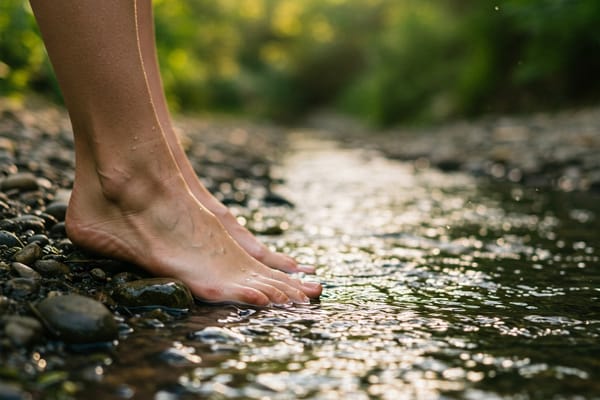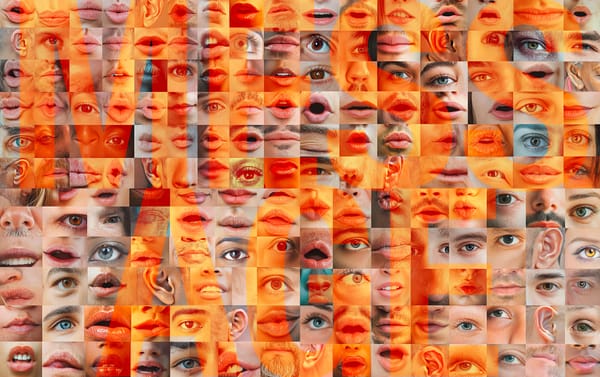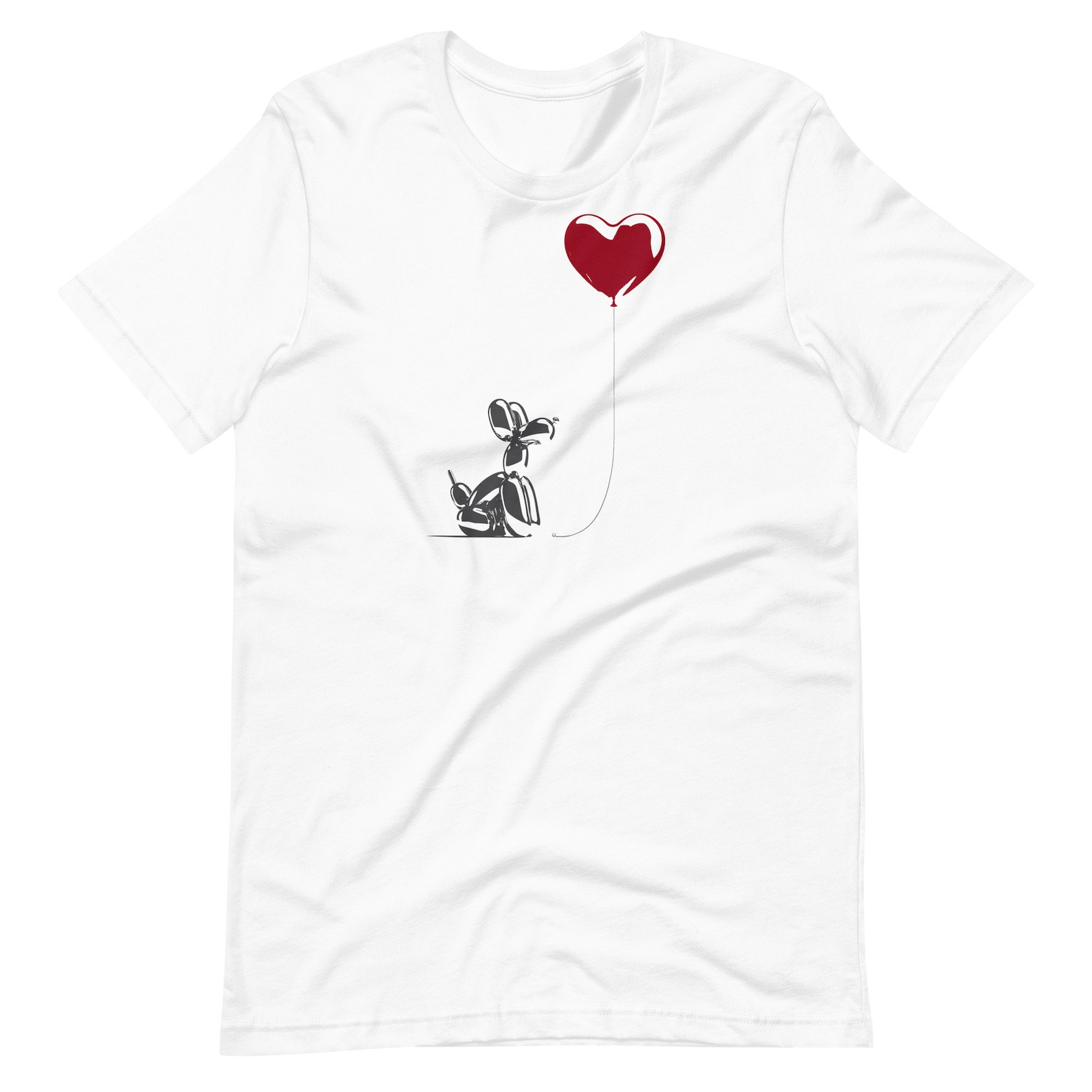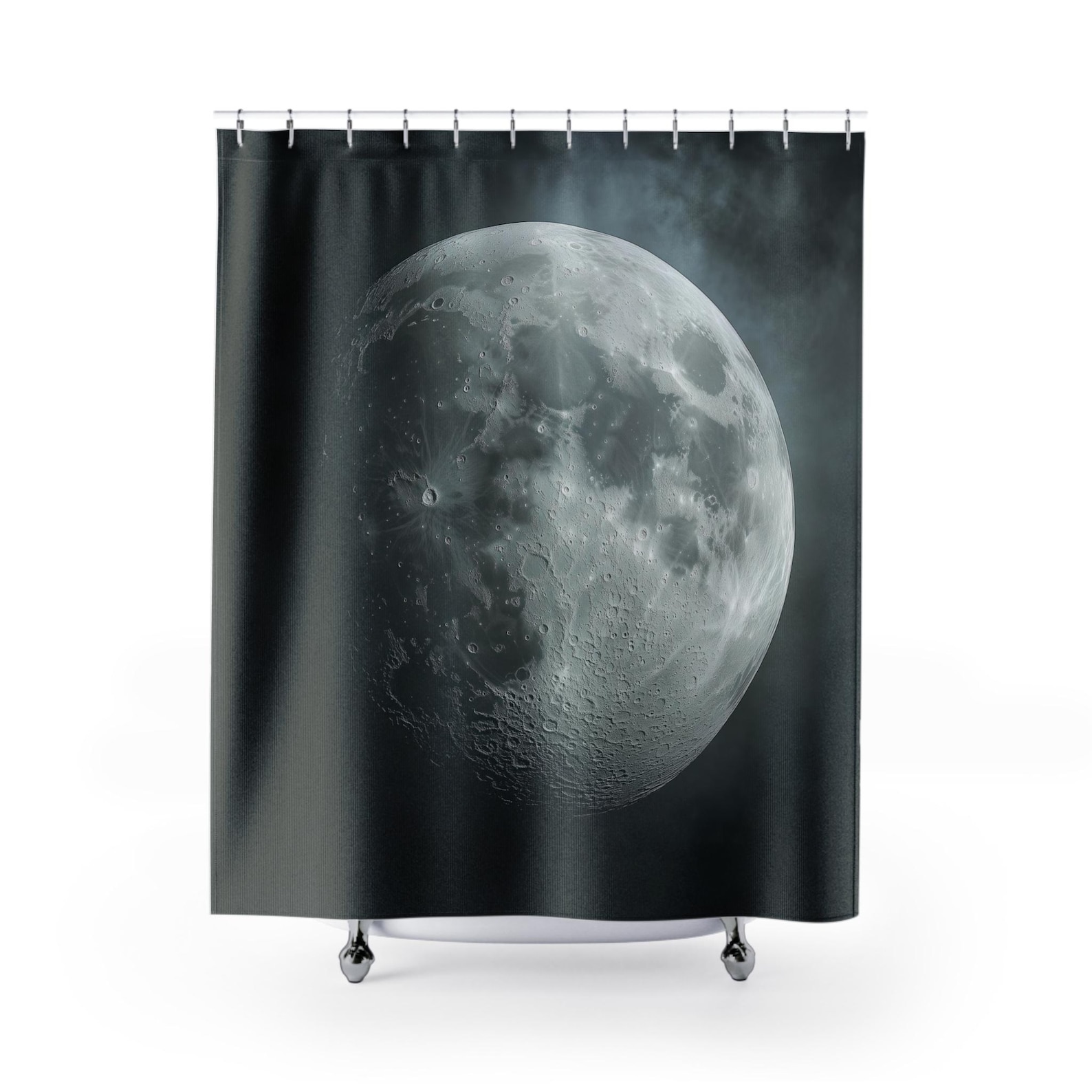Creative mindfulness: How art can help you unwind
In a fast-paced world, creative mindfulness through art offers a simple and effective way to relax, unwind, and reconnect with the present moment — no artistic skills required.
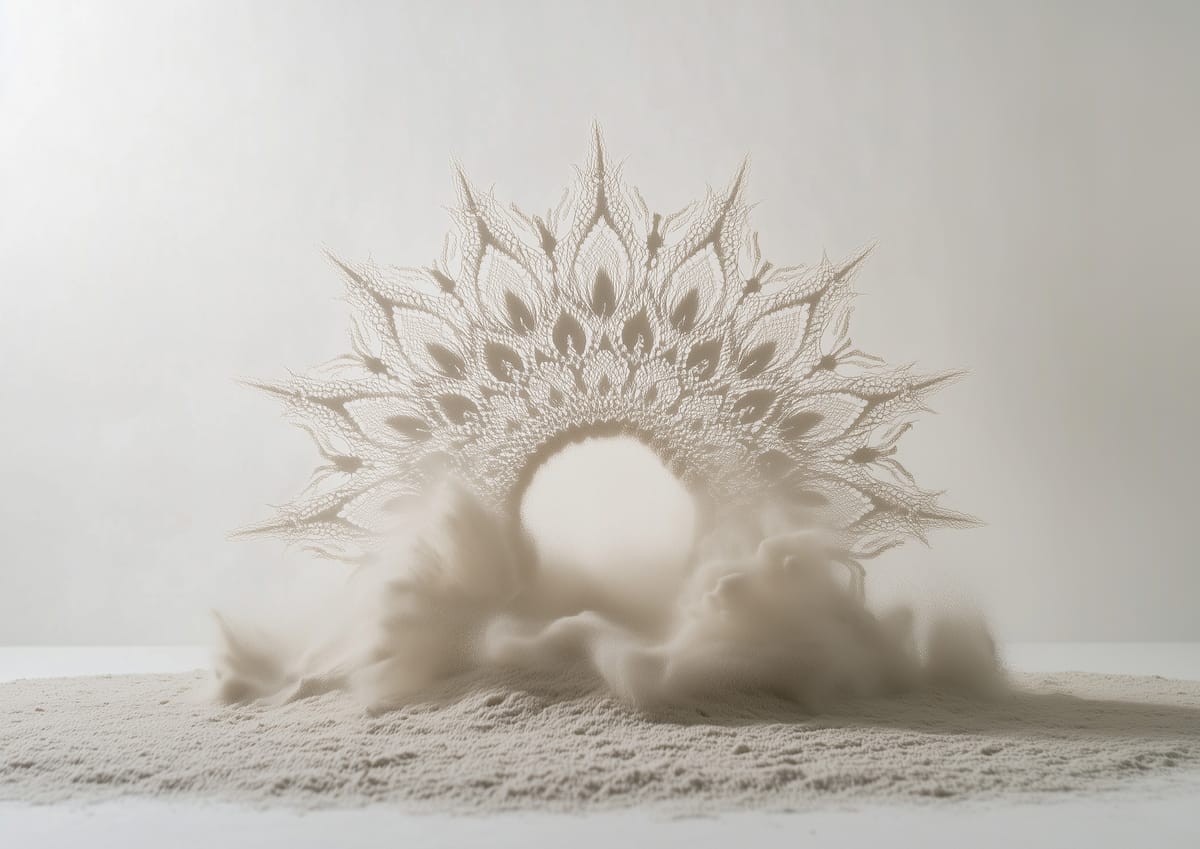
In today's fast-paced world, finding moments of tranquillity can be challenging. The constant buzz of notifications, looming deadlines, and endless to-do lists can leave us feeling overwhelmed and drained. But what if there were a simple, accessible way to relax and rejuvenate your mind? Enter creative mindfulness through art — a powerful tool for relaxation and self-care that anyone can embrace, regardless of artistic skill.
The healing power of art
Art has long been recognised as a therapeutic medium. Engaging in creative activities can help reduce stress, improve mental clarity, and promote well-being. When you create art, you're not just making something visually appealing; you're tapping into a deeper part of your consciousness, allowing your mind to focus, wander, and heal. Art provides a safe space for self-expression and exploration, giving form to emotions and thoughts that might otherwise remain hidden.
Why mindfulness matters
Mindfulness is the practice of being fully present in the moment, aware of where we are and what we're doing without being overly reactive or overwhelmed by our surroundings. It's about observing your thoughts and feelings without judgment, cultivating a sense of acceptance and inner peace.
Combining mindfulness with art amplifies the benefits of both practices. Mindfulness helps quiet the "inner critic" that can stifle creativity, allowing you to express yourself more freely. At the same time, creating art provides a natural focal point for your attention, grounding you in the present moment and interrupting the cycle of worrying thoughts that often lead to stress.
Simple art exercises to try at home
1. Mindful doodling
- What you'll need: Paper and a pen or pencil.
- How to do it:
- Find a quiet space where you won't be disturbed.
- Begin by taking a few deep, slow breaths to center yourself. Inhale slowly through your nose, feel your abdomen rise, and exhale slowly through your mouth.
- Let your pen move freely across the paper without a specific goal or outcome in mind. Try drawing spirals, repetitive patterns, or organic shapes like leaves and flowers.
- Focus on the sensation of the pen on the paper, the movement of your hand, and the evolving patterns. Notice subtle variations in line weight and texture as you draw.
- Benefits: This exercise helps clear your mind, reduces anxiety, and can spark creativity.
2. Color meditation
- What you'll need: Coloring books or printable coloring pages, and colored pencils or markers.
- How to do it:
- Choose a coloring page that appeals to you.
- As you color, pay attention to the colors you select and how they make you feel. Notice subtle variations in color and pressure as you fill in the spaces.
- Stay present by focusing on the coloring process rather than the finished product. Observe how the colors blend and interact on the page.
- Benefits: Coloring intricate patterns can be as meditative as traditional mindfulness practices, helping to lower stress levels.
3. Nature journaling
- What you'll need: A sketchbook, pencils, or watercolors.
- How to do it:
- Go outside or sit by a window with a view of nature.
- Take a few moments to observe your surroundings, noticing the sights, sounds, and smells.
- Choose something that catches your eye — a leaf, a flower, a tree, or a landscape.
- Sketch or paint what you see, focusing on the details and textures. Notice subtle variations in color, shape, and light.
- Benefits: This activity enhances your connection with nature and promotes relaxation through focused observation.
4. Gratitude collage
- What you'll need: Old magazines, scissors, glue, and a piece of cardboard or thick paper.
- How to do it:
- Reflect on things you're grateful for. Consider specific people, experiences, or possessions that bring you joy.
- Search through magazines to find images or words that represent these things.
- Cut them out and arrange them on your paper to create a collage. Notice the different textures and colors of the images you choose.
- Benefits: This exercise fosters positive thinking and mindfulness, reminding you of the good things in your life.
5. Mandala drawing
- What you'll need: Paper, a compass (optional), and drawing tools.
- How to do it:
Start by drawing a circle, which will be the boundary of your mandala.- Add shapes, patterns, and designs working outward from the centre. Experiment with different geometric shapes, lines, and dots.
- Focus on symmetry and repetition, which can be very soothing. Notice the rhythm and flow as you create your design.
- Benefits: Drawing mandalas can help balance your mind and promote harmony.
Embracing the journey
Artistic mindfulness is about the journey, not the destination. It's a personal experience that allows you to express yourself without words, process emotions, and find peace in the present moment. Whether you're doodling in a notebook or painting a sunset, the simple act of creating can be a powerful antidote to stress.
So next time you feel overwhelmed, pick up a pencil or a paintbrush and allow yourself to unwind through art. Your mind and body will thank you.
Ready to begin?
Choose one of the exercises above and set aside just 15 minutes today to try it out. Embrace the freedom to create without expectations and experience the calming effects of mindful artistry. You may even want to share your experiences with friends or online communities and explore the many resources available on mindful art practices. Consider joining a local art group or online class to deepen your practice.



